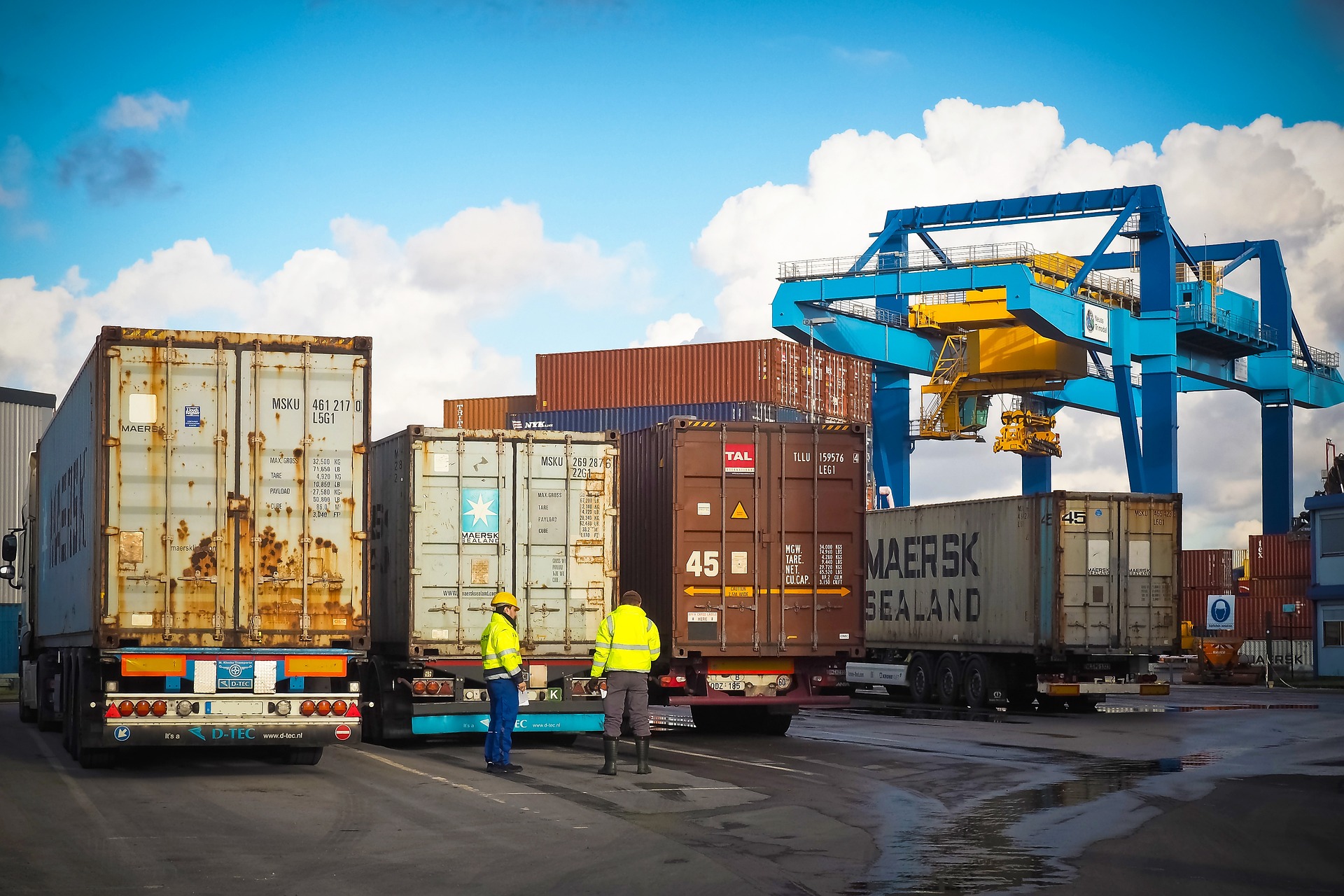
table of contents
What is international shipping?
It is no exaggeration to say that international shipping holds the key to trade. International shipping requires considerable costs and time, so finding ways to reduce these costs is important. Items sent internationally include not only goods, but also materials, equipment, and many other things. The method you choose will depend on your purpose, but as a first step, it's important to know what options are available.
In this article, we will briefly introduce the basics of overseas distribution and costs, as well as the key points that Japanese companies should keep in mind when transporting goods overseas.
Four methods of international shipping
There are four ways to ship overseas: ①Sea mail, ②Air mail, ③SAL mail, and ④EMS mail. We will introduce the features of each method below.
①Sea mail
Sea freight refers to the method of transporting goods in containers by ship (ocean freight transport).
The good thing about sea freight is that it can transport large quantities of goods cheaply. There are also no size or weight restrictions.The downside is that it takes a long time to ship. For example, it is said to take about a month to ship to Europe.
The cost varies depending on the number and type of containers, the destination, and the requesting company. However, the main difference in cost is the ocean freight charges from when the ship loaded with the containers departs to when it arrives at the destination. There is not much difference in the process from "collection" where the goods are transported to the port to "customs clearance" where the goods are inspected and permission to import is obtained. Therefore, if you want to keep costs down, it is important to pay attention to the ocean freight charges.
②Airmail
Air freight is the means by which items are carried on the plane along with the passengers.
The advantage of air freight is that it is faster than sea freight.
The downsides are that it is expensive and there are restrictions on the amount and size of items that can be transported.
According to Japan Post Group's materials, for example, in Europe, the cost is 3,850 yen for a parcel up to 1 kg, with a fee set for each additional kilogram. The maximum weight and size that can be transported varies depending on the destination country or region. The maximum length (longest side) is 1.5 m, the maximum length (longest side) + girth is 3 m, and the maximum weight is 30 kg, or the maximum length (longest side) is 1.05 m, the maximum length (longest side) + girth is 2 m, and the maximum weight is 30 kg. It is recommended to use airmail when sending precision machinery or food products.
③SAL
SAL (Economy International) is a method of delivery that uses a different system from airmail (②), although it is carried by airplane. The difference is the airport in the destination country where the package arrives and the delivery method from there.
SAL mail generally delivers luggage from the airport to the recipient via a route that is slower than airmail. Therefore, it is cheaper than airmail and takes less time than seamail. SAL mail availability varies depending on the destination country or region, so please check in advance.
④EMS
EMS (Express Mail Service) is the fastest international shipping service and is cheaper than airmail.
Depending on the size of the package, it will be placed in an envelope or cardboard box and sent by the post office. The cost depends on the destination country or region, but in Europe, it is 3,200 yen for 1 kg and 16,600 yen for 10 kg. Another advantage of EMS is that it can be sent as a refrigerated delivery service and has tracking capabilities. Since it can be sent frozen or refrigerated, EMS is recommended for food with a shelf life.
You can check the delivery status by entering the 13-digit tracking number on the Japan Post website. If you are sending an EMS refrigerated parcel, make sure to take it to the post office on Tuesday, the collection day. There are only about 120 countries where EMS can be used, and there are also certain countries where refrigerated parcels can be used, so be sure to check this as well.
Precautions for international shipping
When transporting, you need to pay attention to the following two points:
Important Notice 1. Shipping by Sea
There are three things to be careful about when shipping by sea: overbooking, luggage storage, and overgage. Overbooking is when the shipping company makes excessive reservations in anticipation of cancellations. This problem isThere are cases where cargo is left in the container yard without being loaded onto the next ship. The problem of where to store the cargo means that the cargo inside the container gets wet depending on whether it is exposed to rain on the ship. Overgauge means that the cargo does not fit into the designated container. These three problems can be prevented by choosing a good forwarder with a lot of experience.
Important Notice 2: Items that cannot be sent internationally
Regardless of the shipping method, there are some items that cannot be sent internationally. Common items include spray cans, perfume, fireworks/crackers, sunscreen, nail polish, hair tonic, alcoholic beverages, electronic cigarettes, and mobile batteries.
Common items that cannot be sent to a destination country include alcohol, tobacco, meat, vegetables, and fruit. In countries where beef is prohibited, instant noodles, curry, and consommé cannot be sent either. It's surprisingly common to make mistakes, so be careful.
For overseas shipping
This time, we have explained the basics of international shipping and the costs involved. Depending on the method, international shipping costs, the number of days required, and whether or not optional services are available will vary. By choosing the most suitable method for each shipping purpose, you can aim for the most efficient shipping possible.
category:Export Business
Tags: Logistics